84. Plymouth Grove Manchester.
Famous Victorian Author Elizabeth Gaskell's house, now in inner city Manchester, has benefited from a Heritage Lottery grant and been restored from an empty Victorian shell to a magnificently restored master piece. When it was built the house was on the outskirts of Manchester and almost semi-rural. The restoration team wanted the house to have a feel of a family home rather than a museum and it certainly has that charm as we discovered on a guided tour today. The Gaskells were endless letter writers and the artefacts and letters they have left behind have given a valuable insight into how the house would have been and how it should be restored. And they have done a superb job too. The rooms have been carefully researched and restored according to the fabrics and possible patterns of the day.
The tour guide today was Anne and she was excellent guide, paced, knowledgeable and patient.
This weekend is Heritage Weekend in UK where several attractions are free to Now with the help of the grant the house is a beautifully, sensitively restored tribute to a remarkable Victorian female writer.


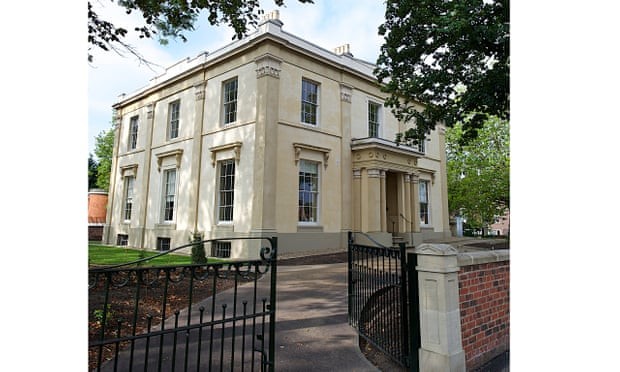
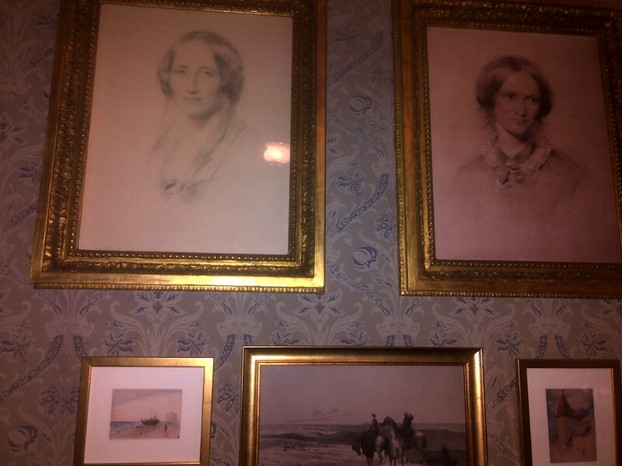
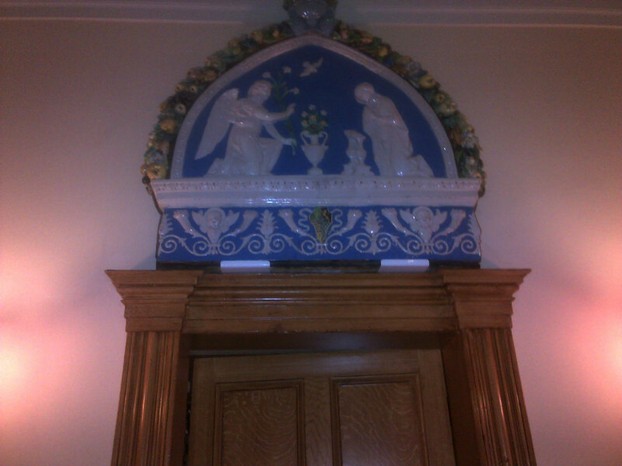
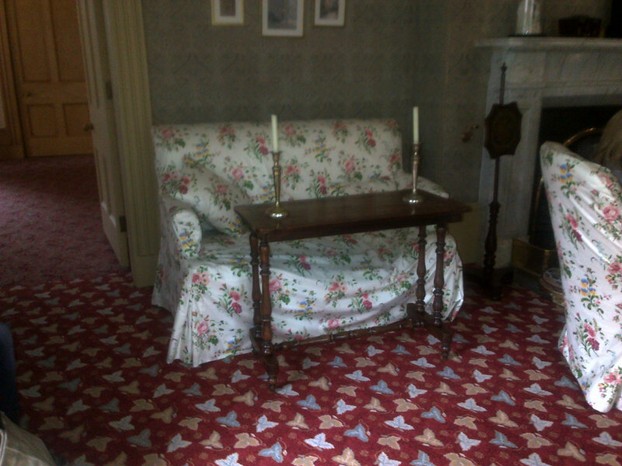
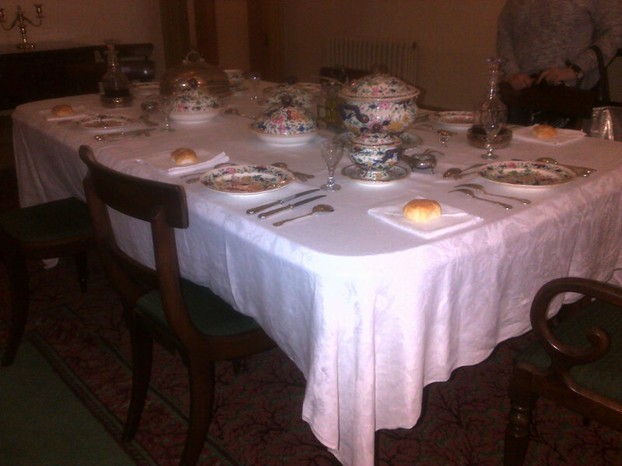
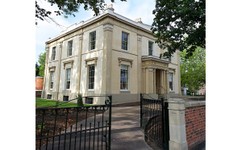

 Blarney Castle and Gardens, County Corkon 06/01/2023
Blarney Castle and Gardens, County Corkon 06/01/2023
 An Cóbh, Corcaigh, Eireon 05/29/2023
An Cóbh, Corcaigh, Eireon 05/29/2023
 Dublin ; The Book of Kellson 04/04/2023
Dublin ; The Book of Kellson 04/04/2023
 The Bee Tree Community CIC;- an online support communityon 08/24/2022
The Bee Tree Community CIC;- an online support communityon 08/24/2022
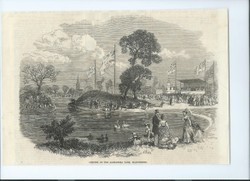

Comments
Albanian writer Ismail Kadare describes a main character in The concert as growing a lemon tree in her apartment.
So, influenced by Kadare writings as a narration of Albanian history from ancient Egyptian cultural nudges to nowadays, I notice when factual and fictitious niches nurture fruit-plant pots.
Online sources offer as a Victorian favorite potted orange trees!
Now what would Elizabeth Gaskell have worked into her house in fruit-plant pots? Lemon, lime, orange, nothing, something else?
Online sources describe Victorian money and power holders as domiciling indoor plants in greenhouses, hothouses and Wardian-case terrariums.
Might the Gaskell house have had all, any or some of the above-mentioned indoor plant-friendly arrangements?
Thank you for your comment below on Sep. 28, 2018, in answer to my previous, same-day observation and question.
The Gaskell house draws me arboriculturally, horticulturally with its flat roof and tall windows.
Long windows here encourage hanging and windowsill plants additionally to counter, floor, stand, table plants.
Might that be the case with the Gaskell house?
Thank you. I always feel like I have been to a place when my wizzley family do posts like these.
I am so impressed when a person or an organization works to save and renovate historical buildings, making them as authentic as possible. I love learning history by visiting places like this.
Derdriu
Yes , I kept going back to the Annunciation portal there just to gaze at it. The Art Gallery were given it and kept it in the archives downstairs . It was never displayed. If my house were suitable for such grandeur I would have had it! It is BEAUTIFUL and even more beautiful than the photo depicts.
I don't know about the roofs. But yes there are gardens but it was a typical North of England Autumn day and rain was lashing it down. WE stayed inside with the baby granddaughter.
BSG
I think then she would like the attention to period detail in this house. It has been meticulously researched and presented. If you get to the North West t let Frank and me know.
Dusty
It stood derelict for years and years. The Gaskell daughters died approx. 1912 and very little was done with it .
The National Lottery has done some good work nationally with its funds, I have to admit.
You are right that most would overlook such places. My best thing about it is that Harriet Beecher Stowe visited …. just ...wow ….
Veronica, Thank you for the backstories and practicalities. In particular, I appreciate the blue (one of Our Lady Mary's colors) and white depiction of the Annunciation, always a favorite Testament story of mine. Are there gardens? Is the flat roof used for anything, such as star-viewing?
On this side of the pond, a flat roof sometimes was called an aquarium!
Going into preserved old houses that are still furnished is something my wife would enjoy doing.